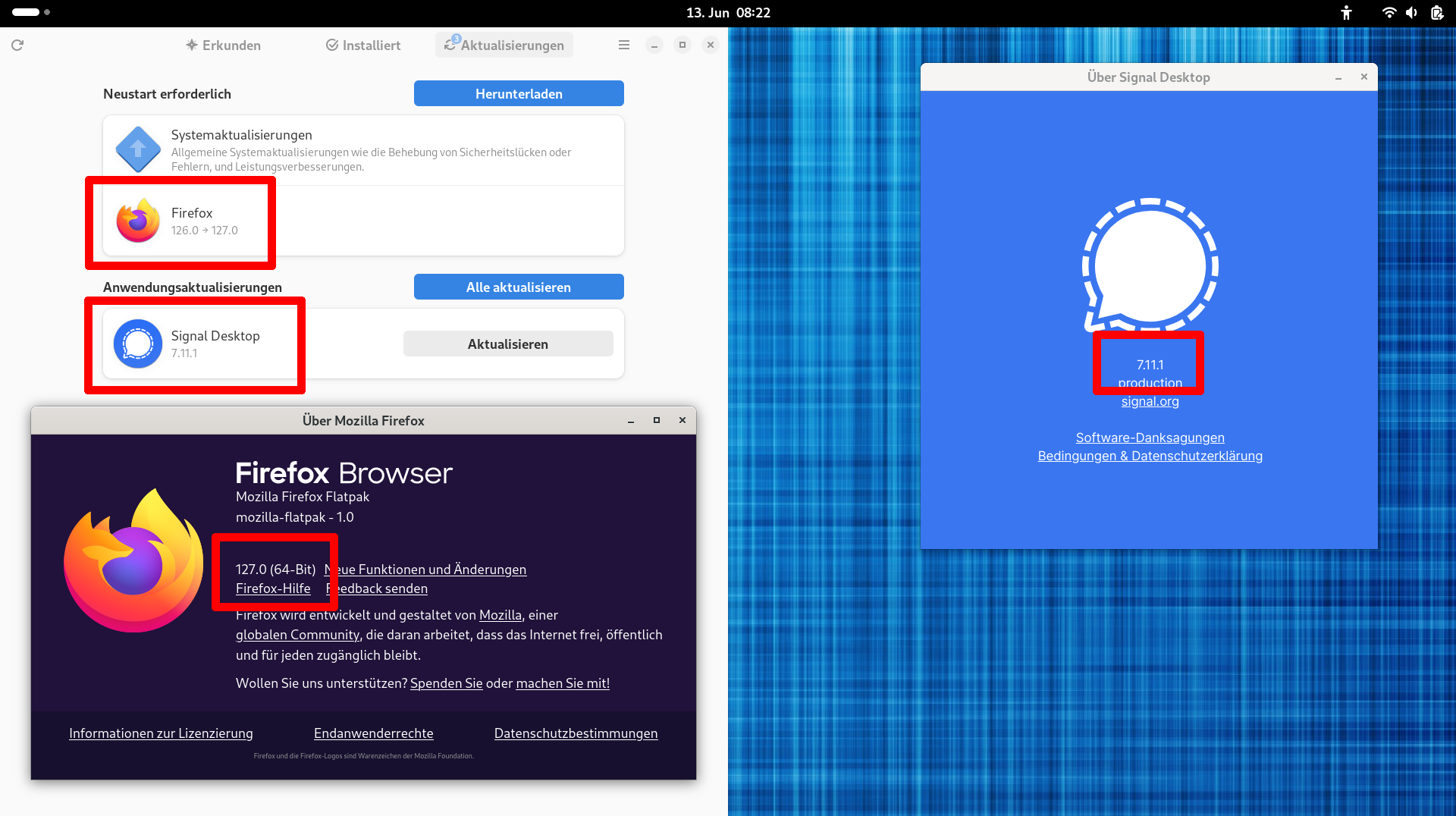Fedora Linux
1701 readers
4 users here now
All about Fedora Linux
founded 5 years ago
MODERATORS
1
2
3
1
Building Newer Spotify LPF Package when Newer Package Hasn’t landed Yet in Fedora
(blog.benyamin.xyz)
4
5
6
7
8
9
11
12
13
14
15
16
17
5
Need to run update-grub after every kernel update because I installed a GRUB theme
(discuss.tchncs.de)
18
19
20
21
22
23
24
25
view more: next ›


